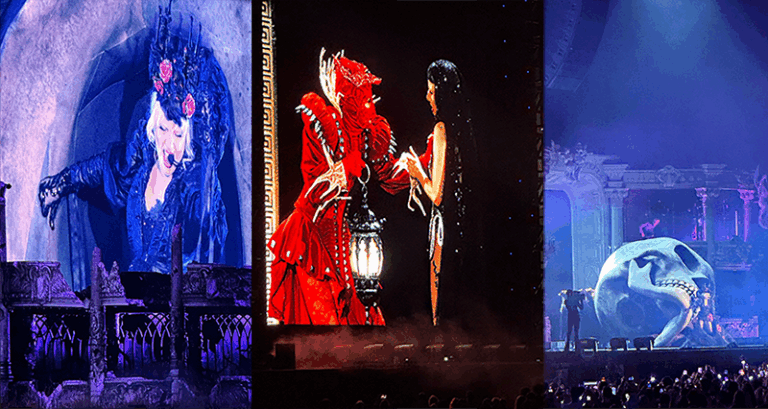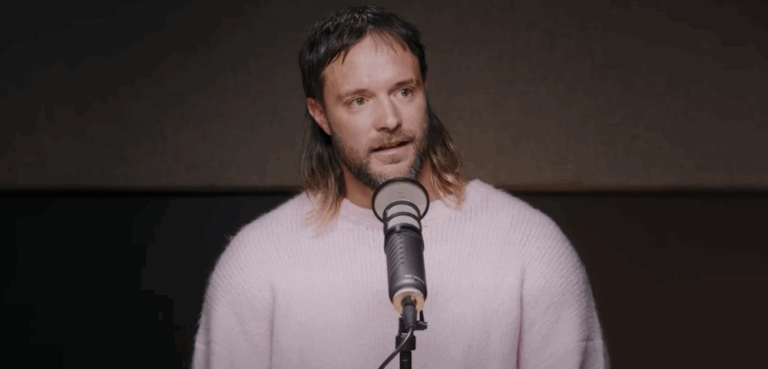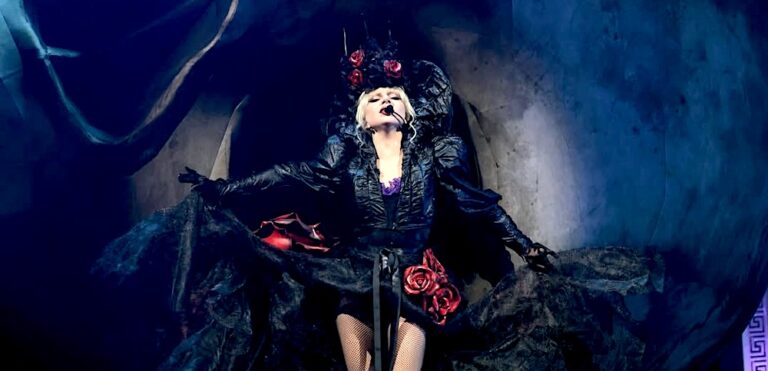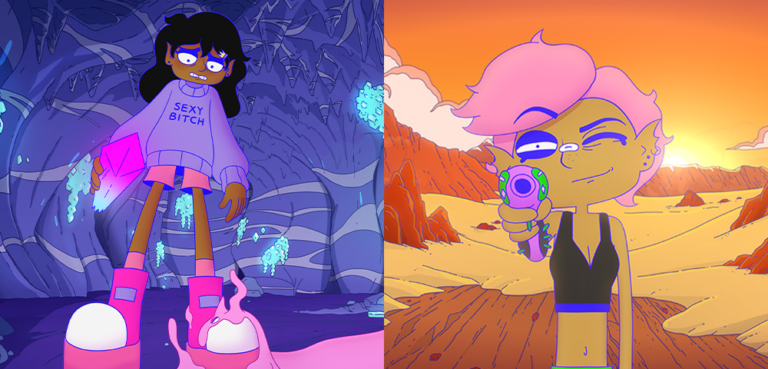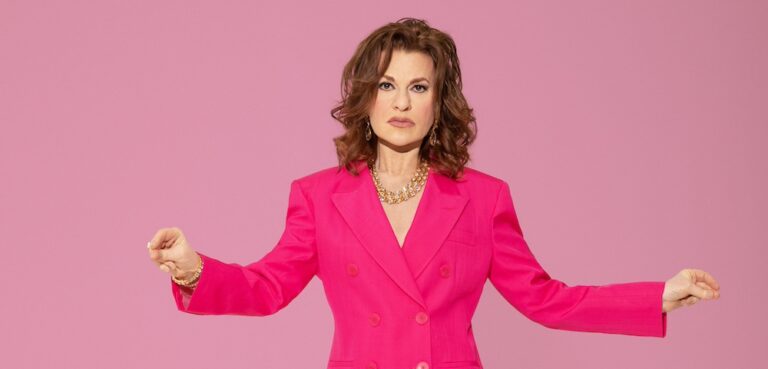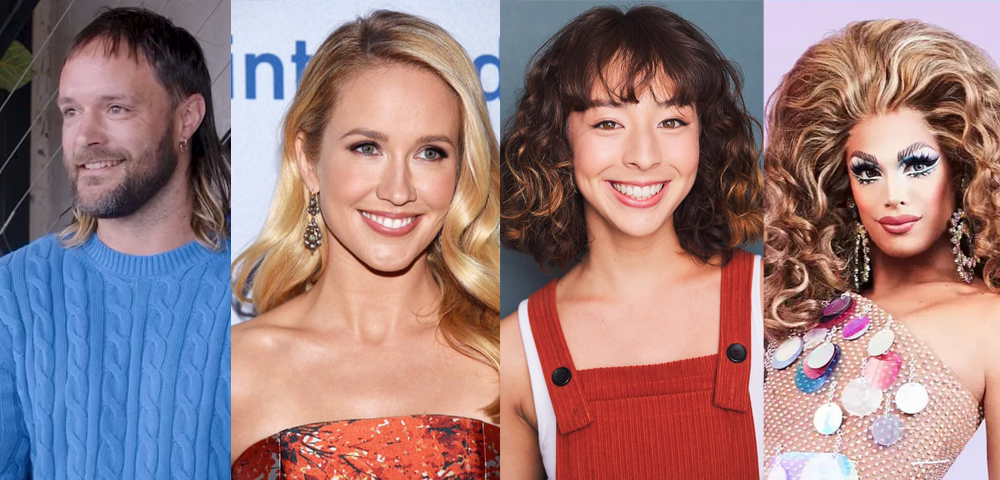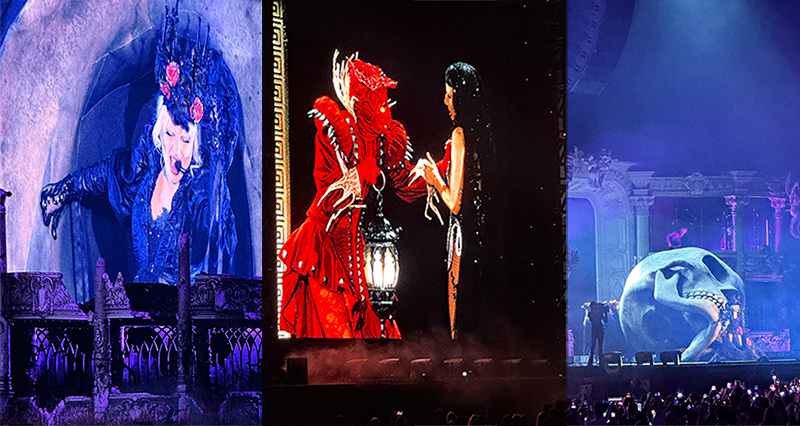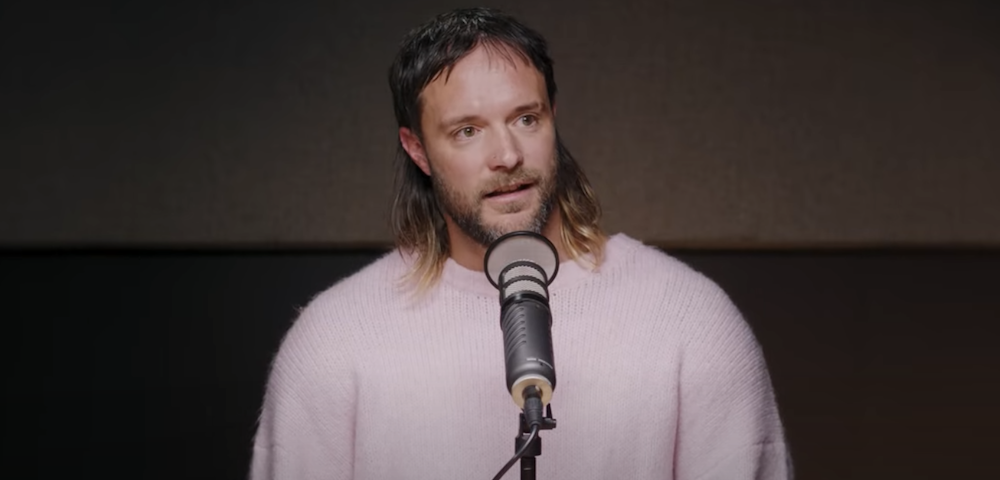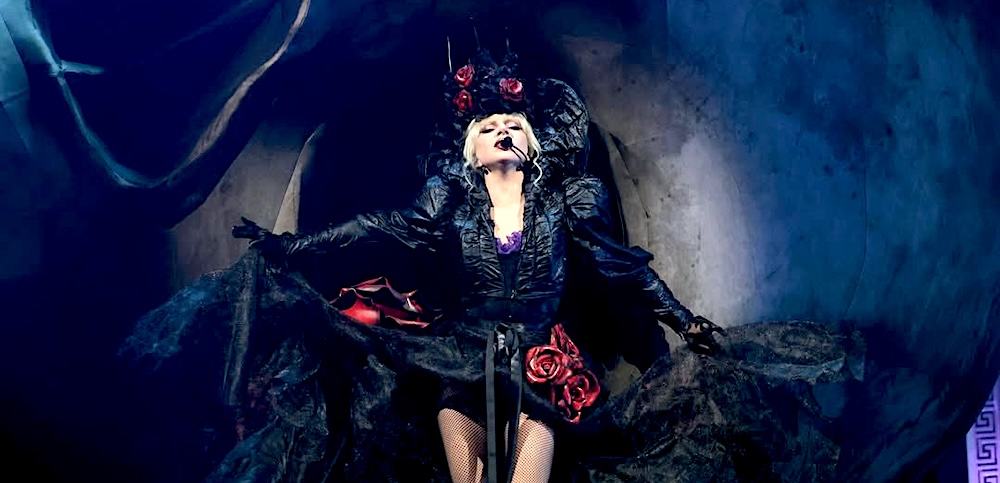
Pansexuality 101: ‘Labels can be restrictive, but at times they’re vital’
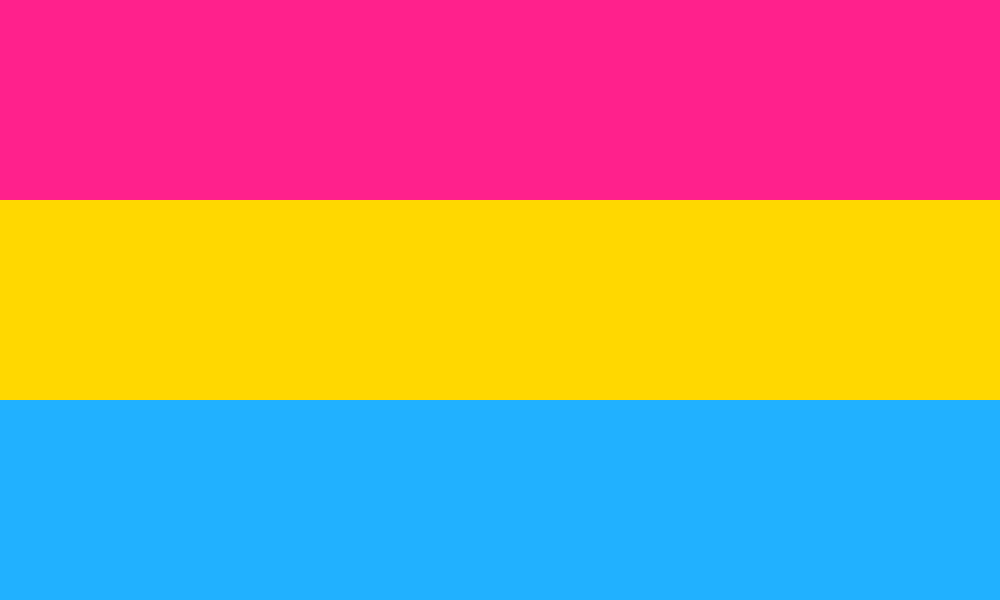
How can young queer people label themselves if they aren’t aware their community exists? Lucy Sinfield-Jones shines a light on pansexuality.
* * *
Labels can be restrictive, but at times they’re vital.
Many feel lost without them, especially after spending their entire adolescence searching for something beyond the unquestioningly recognised ‘L’ and ‘G’ in our rainbow acronym.
Some wear them as a badge, earned after years of unspecified queerness and a search for the right fit.
Others see no need for specific labels. Why can’t we all just be who we are?
To them I say, pansexuality is a love of exactly that.
It provides room to love every gender, and the possibility to see beauty and worth anywhere.
Pansexuality, as the “pan” prefix suggests, is largely defined as an attraction to people of all genders and often, attraction regardless of gender.
Pan people may still have certain preferences, as everyone else does, but those preferences cover a broader spectrum than most.
There are times when I find myself more drawn to a particular gender, but the wide-ranging nature of my attraction means I never find myself not attracted to someone on the basis of their gender.
The popular definition of pansexuality often focuses on this as its characterising aspect, the idea that someone’s gender isn’t a deciding factor in a pan person’s attraction.
In this sense, pansexuality is a proud contrarian to the dismissive ‘labels are for clothes’ attitude that leaves many feeling separate from their identities and without the clarity they sometimes spend years vying for.
However, while labels can be incredibly empowering for many people, this isn’t the case for the queer community as a whole.
The empowerment lies in the choice to embrace labels or exist just as well without them.
I spent much of my early teenage years preoccupied with the fact that none of the labels I’d heard seemed to apply to me at that stage, having had no queer role models present in my personal life, the extent of my label vocab was “lesbian,” and occasionally “bisexual” (but you obviously proceed with caution before you call yourself bi – wouldn’t want anyone to think you can’t make a simple decision).
In high school, lesbians were fetishised by straight boys who had no idea it was possible for women to love each other beyond some kind of voyeuristic charity, and bi people were probable sex addicts with no regard for fidelity.
Monosexual terms like “lesbian” never quite fit me, because despite my love for women, I’ve also been attracted to non-binary people and men for as long as I can recall.
I identified as bisexual for a long time, until I first heard the word pansexual and was suddenly and immensely relieved. Something finally fit. I was real, I was valid, and most importantly, I wasn’t the only one.
Bisexuality and pansexuality are very similar, and some people may even use the terms synonymously to describe their own attraction.
However, the distinction can be incredibly important for those that identify as pansexual.
Bisexuality has traditionally been considered an attraction to men and women as ‘the two genders’. But there are so many more identities beyond the binary.
With no way of seeing others like myself growing up, it took me years to realise that I was in fact attracted to every gender, binary or not.
There was never a gender I was explicitly not attracted to, and this realisation drew me to the label of pansexual. This is also not to say that bisexuality as an identity excludes trans or non-binary people from its attraction.
I simply found that pansexuality and its broad range of attraction to all genders was a more accurate name for my experience.
It’s also extremely important to consider that trying to debate someone’s own label with them is disrespectful and invalidating. But people will sure as hell try.
Just because two labels or definitions are similar doesn’t give you the right to try and correct someone’s assertion of who they are.
The distinction between labels is a central part of many queer people’s identities and it’s safe to say they aren’t about to change their mind or their label purely because you can’t respect the value of these and their personal significance.

